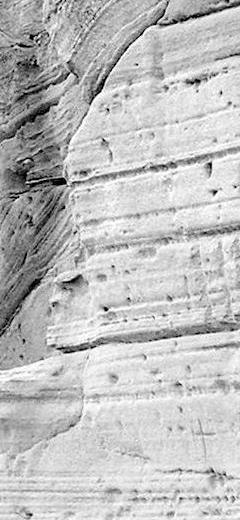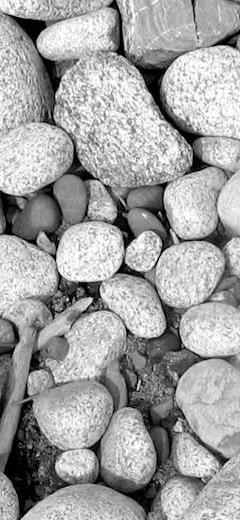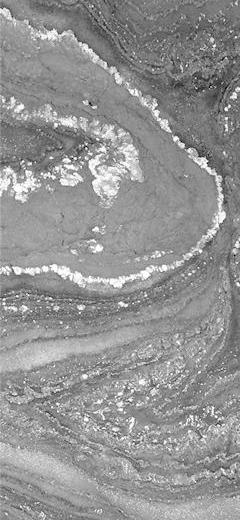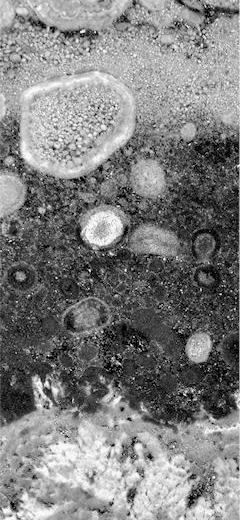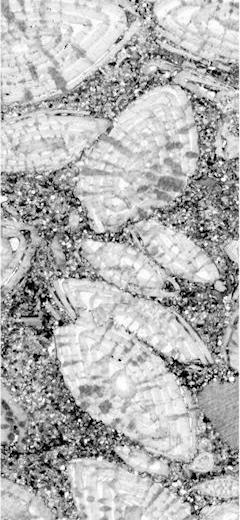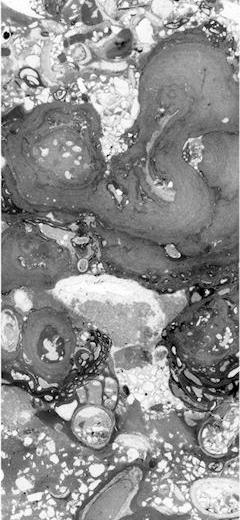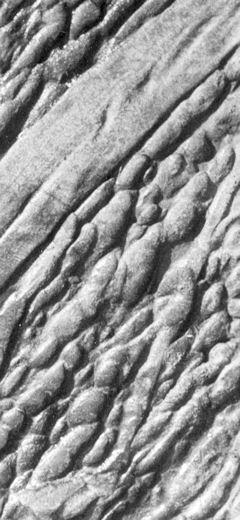ASGP (2025), vol. 95: 45–61
STRUCTURAL AND THERMOCHRONOLOGIC INVESTIGATION ACROSS THE WESTERN POLISH OUTER CARPATHIANS: A RECONNAISSANCE STUDY
Jan BARMUTA (1*), Saeideh Asal SEYEDI (2), Lothar RATSCHBACHER (2) & Krzysztof STARZEC (3)
1) Institute of Geological Sciences, Polish Academy of Sciences, Senacka 1, 31-002 Kraków, Poland; e-mail: ndbarmut@cyf-kr.edu.pl
2) Institut für Keramik, Feuerfest und Verbundwerkstoffe, Technische Universität Bergakademie, Agricolastraße 17, 09599 Freiberg, Germany; e-mails: saeideh.seyedi@doktorand.tu-freiberg.de, Lothar.Ratschbacher@extern.tu‒freiberg.de
3) AGH University of Krakow, Faculty of Geology, Geophysics and Environmental Protection, Mickiewicza 30, 30-059 Kraków, Poland; e-mail: kstarzec@agh.edu.pl
*) Corresponding author
Barmuta, J., Seyedi, A. S., Ratschbacher, L. & Starzec, K., 2025. Structural and thermochronologic investigation across the Western Polish Outer Carpathians: a reconnaissance study. Annales Societatis Geologorum Poloniae, 95: 45–61.
Abstract: A regional cross-section based on geophysical, borehole, and structural field data reveals the subsurface structure of the western Polish Outer Carpathians, a relatively understudied segment of the Carpathian thrust-and-fold belt. A key feature is an antiformal stack, where the Dukla Unit underlies the central part of the Magura Unit. This structure probably was formed due to a thrust ramp within the Palaeozoic cover of the North European Platform. New apatite fission-track ages, along with a re-evaluation of published thermochronologic age data, indicate two exhumation phases. The first occurred in the Early Miocene (~20 Ma), affecting the Magura and Silesian units. The second, in the Late Miocene (~10 Ma), is confined to the Magura Unit and linked to an antiformal stack formation either through underthrusting of the Magura Unit by the Dukla Unit or large-scale normal faulting that drove arc-parallel extension. Both structures are supported by outcrop and seismic evidence. The present authors propose that the lateral termination of the antiformal stack triggered a normal fault system, forming a hanging-wall drop fault along a lateral culmination wall. The structural data of the present study do not support a Middle–Late Miocene arc-perpendicular extension, previously documented in the eastern Polish Outer Carpathians, as a viable explanation for the Late Miocene exhumation, recorded in the western sector.
Manuscript received 7 September 2024, accepted 30 May 2025

